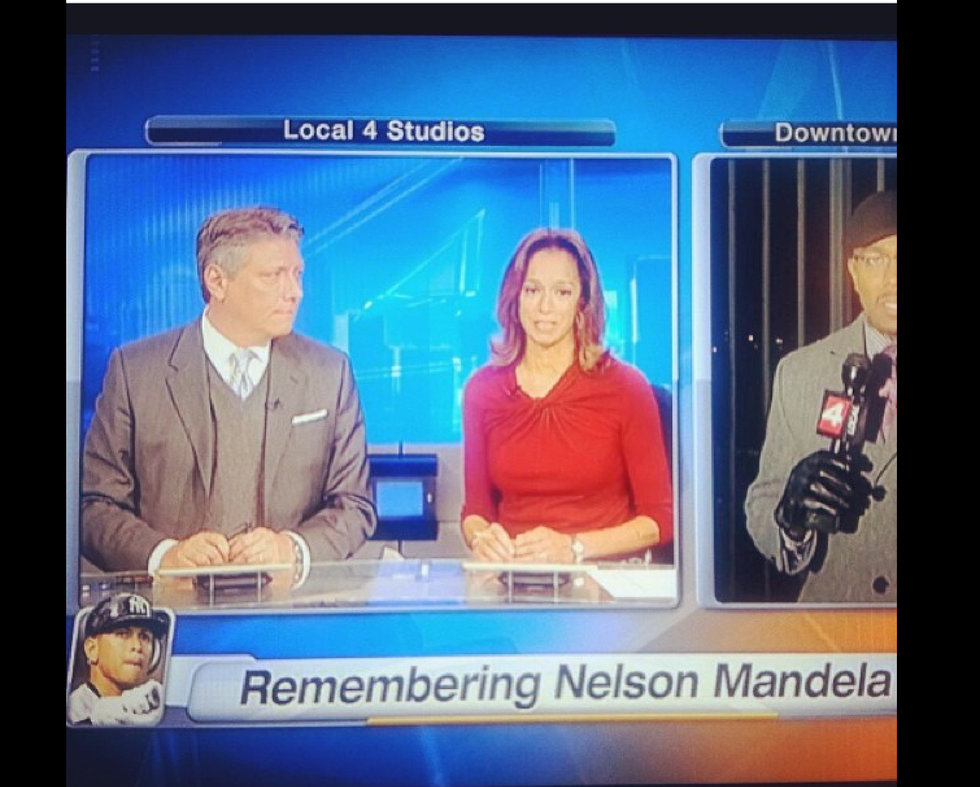Pop Culture dictionary
Cross-Race Effect
or CRE or Other-Race Effect or Own-Race Bias
What does Cross-Race Effect mean?
The Cross-Race Effect explains why some people are better at recognizing faces of people of their own race, rather than those of a different race.
It is sometimes called the Other-Race Effect or Own-Race Bias.
Where does Cross-Race Effect come from?

The Cross-Race Effect was first studied in the early 1900s and coined by psychologists to explain why members of one race might metaphorically perceive that members of another race “all look alike.”
The phenomenon has been used to identify and explain one of the factors that may cause inaccuracies in eyewitness testimony. In the case of race, social scientists have found that witnesses often struggle to properly identify people of other races based on facial recognition, while they don’t have the same problems identifying someone of their own race. Hence, the reason this is also sometimes called Own-Race Bias or the Other-Race Effect.
Debate has long raged over whether or not the Cross-Race Effect is motivated by racism; however, several studies have determined that a person’s racial attitudes neither help nor hinder them on cross-racial identification tests. But, that doesn’t mean that the Cross-Race Effect can’t lead to discriminatory practices … as it is sometimes referred to as casual racism.
Examples of Cross-Race Effect
Who uses Cross-Race Effect?

Wonkette

Wonkette

Mediaite
Note
This is not meant to be a formal definition of Cross-Race Effect like most terms we define on Dictionary.com, but is rather an informal word summary that hopefully touches upon the key aspects of the meaning and usage of Cross-Race Effect that will help our users expand their word mastery.